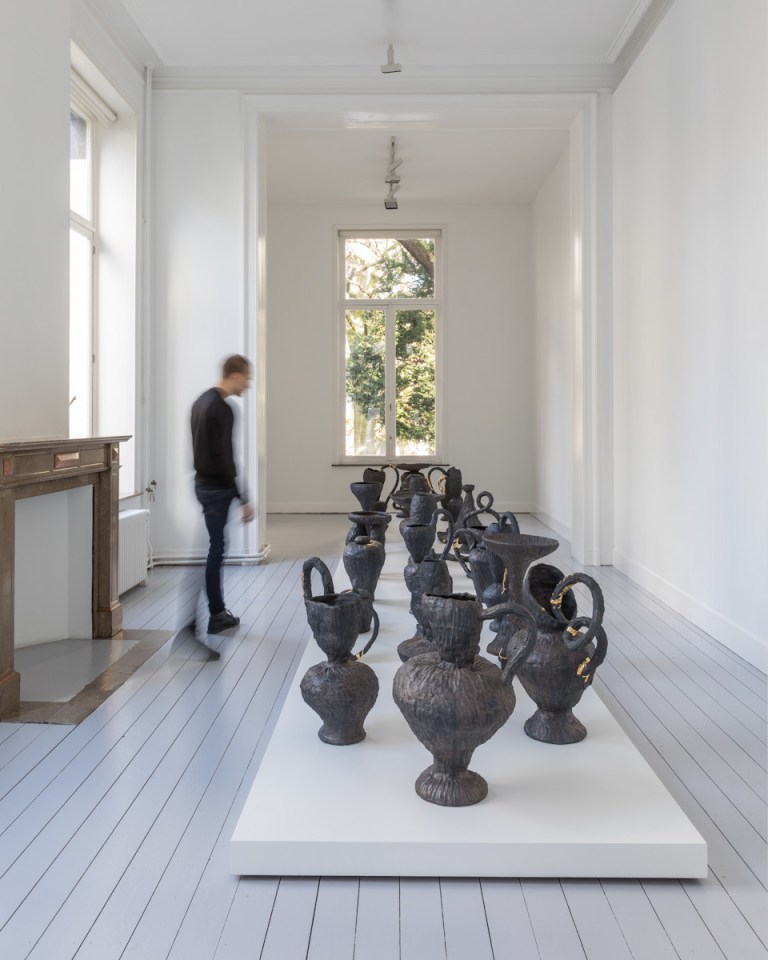
Starting is always the hardest thing, unless one were to consider finishing. Both are difficult for different reasons. Finishing is the moment when you realise you have done what you can, it cannot be otherwise. It is the collapse of the potential that had been possessed before and during the making. Its gift is to whisper or shout according to its own inclination how the next work might proceed. And that brings me back to the beginning, starting a work.
I am starting a new piece in porcelain, white as the blank canvas of a painter, the beginning of a long journey. And as I set out without a set destination, only a sense of what I am looking for, that freedom is frightening. It reveals my shortcomings in the midst of a vision pulling me back to how I did things before. What is that the right course of action, how do I navigate this landscape of decision and indecision?
To know what to do is not the point. It is the how and the why that will give me the framework to hold on to. Take that journey, on foot say, into a forest with neither the stars to guide me nor compass or map. I have no destination, only the ends of the Earth. If I try to walk in a straight line I will simply do so in circles and find myself back to where I started. I must decide on a course of action, a simple set of rules to break the bias of my own nature. Sometimes rules are changed a little but not so much as for me to loose my way irrevocably.
Over years a method is perfected as is the reason for it. I work as a cartographer, marking each point as a star to guide me, a landmark to aim for. But this is art, not some field to be gridded out with a surveyor’s precision. To do so would yield little more than what is in the ground and the rule itself. To look beyond that field is where progress lies. Progress is born of change, imposed, contingent or better still by means of my own agency. To do so is to turn the world on its side and refresh sight from another vantage point. But habits possess inertia, to turn them over I need help. Something I have learnt working with Janet is to do what I would not do normally. This is just one way of changing the course of things and refreshing what might otherwise become limp.
And so it is with the work I do now and the research statement. By this stage, I should not have to worry about where a work will end, it never ends as each finish is but the start of the next.






















